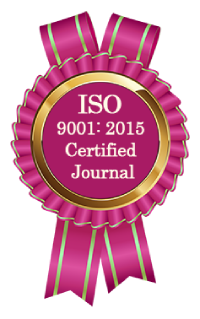
World Journal of Pharmacy and
Pharmaceutical Sciences
( An ISO 9001:2015 Certified International Journal )
An International Peer Reviewed Journal for Pharmaceutical and Medical Research and Technology





 |
|||||||||||||
|
| All | Since 2020 | |
| Citation | 6651 | 4087 |
| h-index | 26 | 21 |
| i10-index | 174 | 83 |
 Search
Search News & Updation
News & Updation
HIGH PERFORMANCE THIN LAYER CHROMATOGRAPHY- A MODERN ANALYTICAL SEPARATION TECHNIQUE FOR NATURAL PRODUCTS*Vaibhav Srivastava1, Subodh Dubey2, Shyam B. Sharma3
1Nagaji Institute of Pharmaceutical Science, Gwalior (M.P.) India. ABSTRACT Standardized manufacturing procedures and suitable analytical tools are required to establish the necessary framework for quality control in herbals. The separation techniques including “High Performance Liquid Chromatography”, “High Performance Thin Layer Chromatography” and “Capillary Electrophoresis” are most widely used to establish reference “finger prints” of herbs which is one of the most powerful tools to link the botanical identity to the chemical constituent profile of the plant. HPTLC technique applied for compilation of profiles pertaining to varied range of bioconstituents such as alkaloids, glycosides, terpenoids, flavanoids, saponins, resins, coumarins, plant hormones, antibiotics and number of other compounds of natural origin. From the constituent profile, a number of marker compounds can be chosen which might be used to further describe the quality of the herb or herbal preparation. HPTLC can also be employed for quantitative determination of such marker compounds. High Performance TLC plates become commercially available since mid-1970s.followed by improvement in instrumentation. HPTLC involves- optimized coating materials, improved dosage (spotting) method, competent data acquisition and processing system. Hence HPTLC is very useful in qualitative and quantitative analysis of herbals and fit in practical aspects, as it combines the art of chromatography with quickness at a moderate cost. Keywords: HPTLC, alkaloids, glycosides, terpenoids, flavanoids, saponins. [Download Article] [Download Certifiate] |
